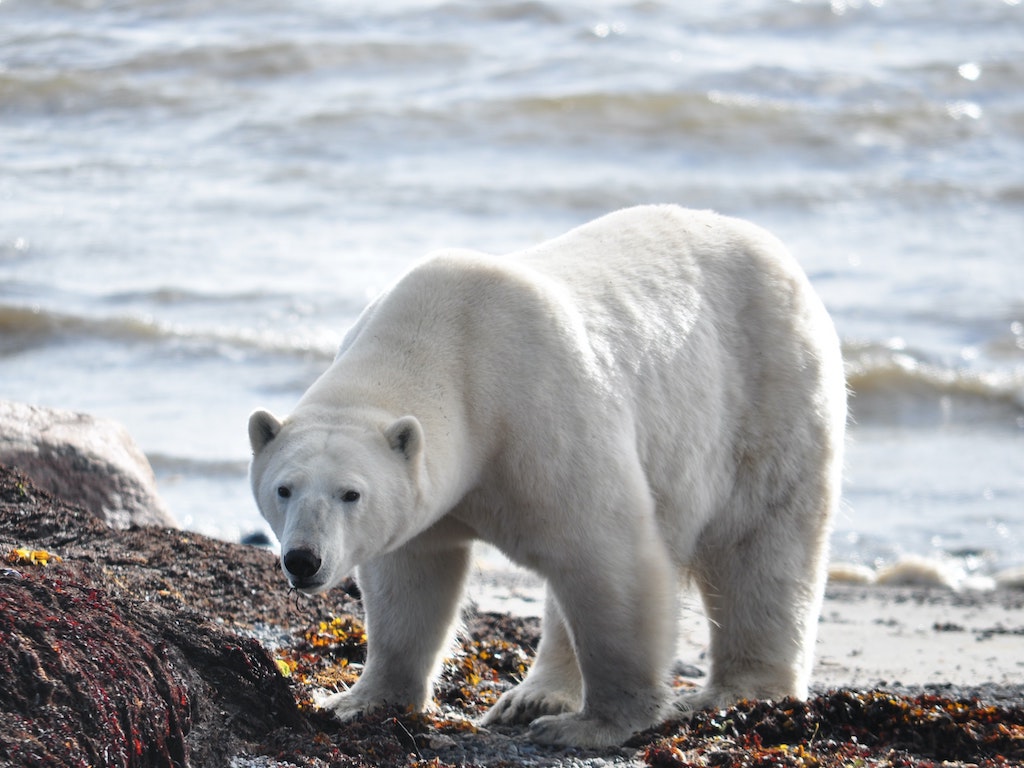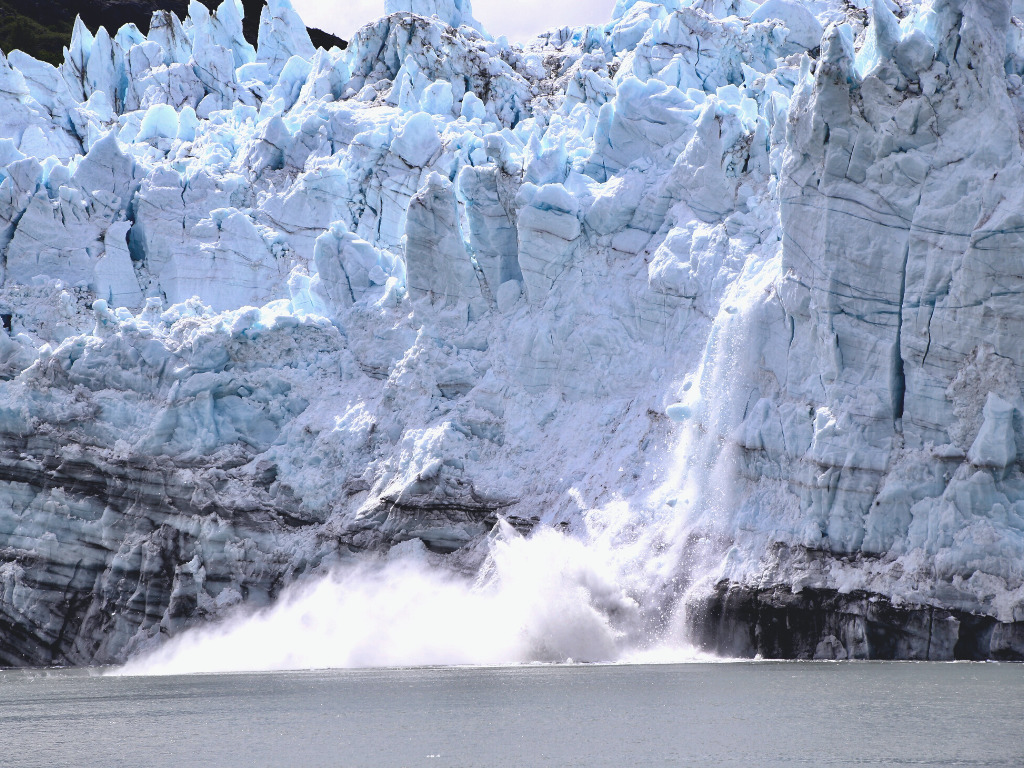4 Mins Read
On the heels of the recent IPCC report that suggested temperatures will at least “temporarily” surpass the 1.5°C Paris Agreement target, the World Meteorological Organization forecasts the likelihood, giving it a near 50-50 chance in its latest prediction.
Earlier this week, the WMO said there’s a 48 percent chance that temperatures will surpass the 1.5°C threshold over pre-industrial levels at least once within the next five years.
“We’re going to see continued warming in line with what is expected with climate change,” UK Met Office senior scientist Leon Hermanson, who coordinated the report, said in a statement on Monday.
The findings
The new report shows an increase over last year’s forecast, which said breaking the 1.5°C warming was only a 40 percent risk by 2026. A decade ago the risk factor was at ten percent.
Temperatures have already warmed about 1.1 degrees since the late 1800s. Similar to the IPCC predictions, the global 1.5-degree threshold predicted by the WMO may be temporary. Catastrophic weather events related to climate change are predicted on models where the 1.5°C temperature rise is sustained for several decades. The WMO cannot predict how long the temperature rise might last, though.
What it can predict is the damaging effects of warming temperatures coupled with weather events such as La Nina, the opposite of El Nino air currents. This is the second straight year of La Nina patterns, which have a slightly cooling impact. La Nina is expected to persist through the year and possibly into early 2023. But despite its cooling effect, scientists say La Nina is not enough to reverse the warming impact of heat-trapping gases.

The poles are expected to continue to see warming trends; the Arctic is warming at three times the rate of the rest of the planet, the researchers noted.
The team of meteorologists out of the U.K.’s Meteorological Office is also predicting a 93 percent chance that the world set a new record for the hottest year by the end of 2026, with the next five years likely to be the hottest years ever on record.
Of specific concern is the 22-year-long “megadrought” condition in the American Southwest. Megadroughts are defined as lasting for at least two decades. The Southwest is experiencing the driest conditions in over 1200 years, according to a study published earlier this year.
Conditions are expected to continue, even if the region experiences a wet season. According to the study’s lead author, University of California Los Angeles geographer Park Williams, it would take multiple wet years to pull the region out of drought conditions. “It’s extremely unlikely that this drought can be ended in one wet year,” he said.
Current climate conditions
As of early February, 95 percent of the western United States was experiencing drought conditions, according to data from the U.S. Drought Monitor.
While megadrought conditions persist in the U.S., wetter than normal conditions are expected in parts of Europe, Australia, Brazil, and the typically dry Sahel region of Africa.
In early April, the IPCC released the third installment of its Sixth Annual Report (AR6) on climate change. That installment followed report releases last September and in February. The April report analyzed the viability of fighting climate change, namely heat-trapping emissions.

There was some good news; the researchers noted that humanity has enough tools at present to reduce emissions enough to slow global warming. It called for a 50 percent reduction in carbon emissions and a 30 percent reduction in methane before the end of the decade.
“It’s now or never, if we want to limit global warming to 1.5°C,” IPCC Working Group III co-chair Jim Skea said in a statement accompanying the report. “Without immediate and deep emissions reductions across all sectors, it will be impossible.”
“Climate change is the result of more than a century of unsustainable energy and land use, lifestyles and patterns of consumption and production,” Skea said. “This report shows how taking action now can move us towards a fairer, more sustainable world.”
The final installment of the AR6, the Synthesis Report, is expected to be released in September.
Photo by Magdalena Kula Manchee on Unsplash




